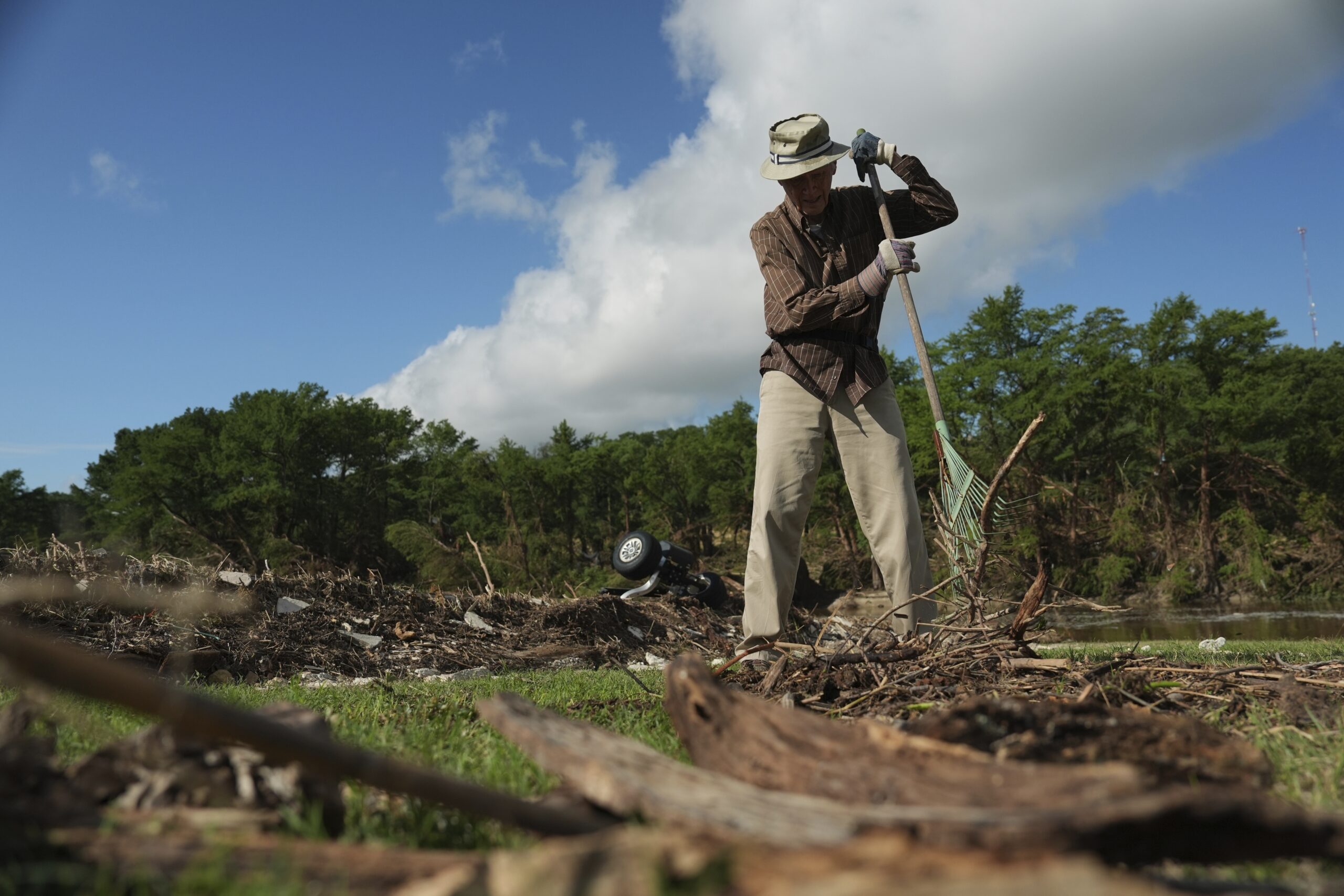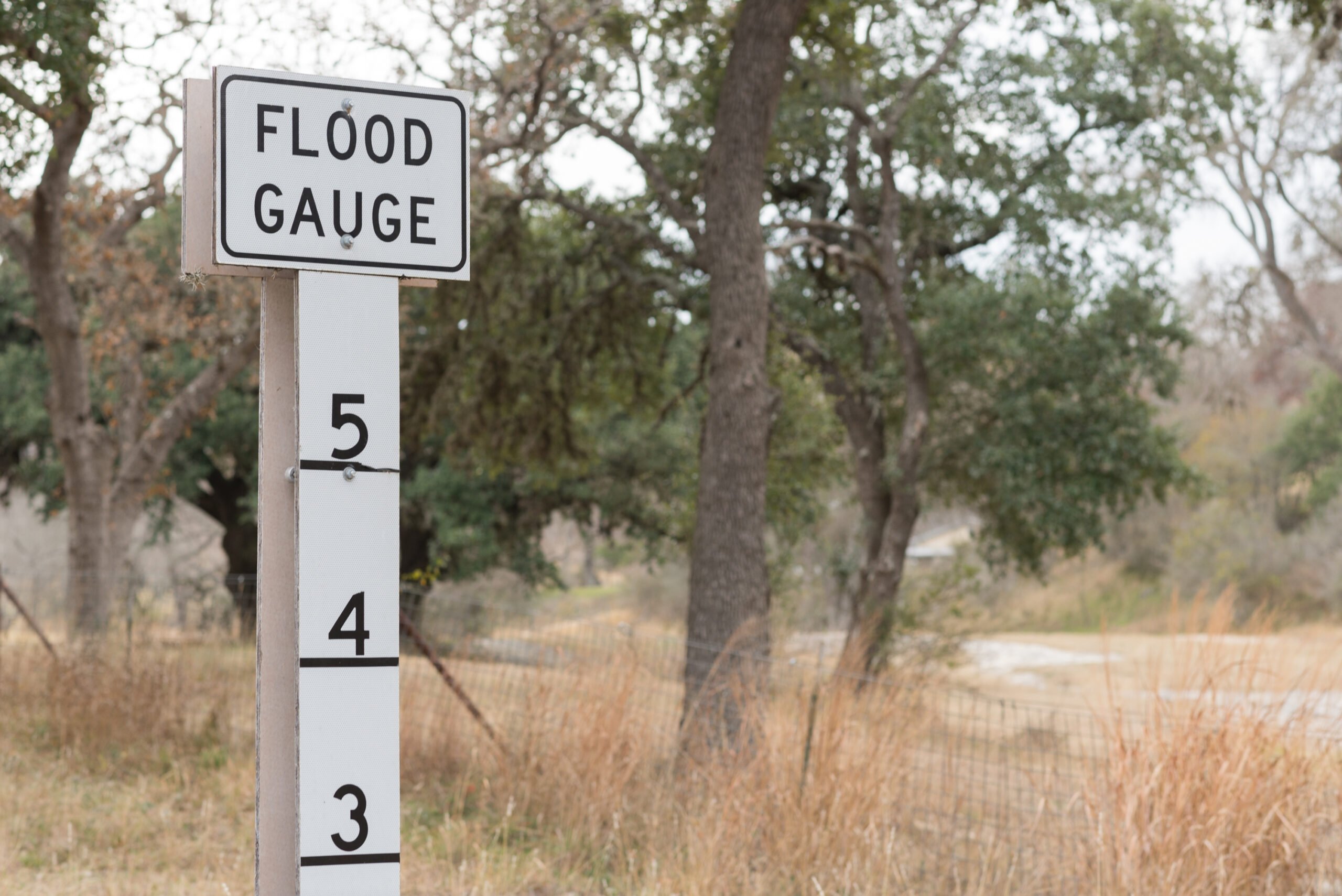ustxtxb_obs_1968_11_15_50_00013-00000_000.pdf
Page 4
floe 74 Ogodeuter Oft &mama/ If, among your friends, there are those you wish were reading the Observer regularly, this is a good time to introduce them to it inexpensively, because of the reduced rates for multiple orders. $6 for the first gift $5 for a second Gift $4 for a third gift $3 for each additional gift Your own subscription may be renewed at these same rates. Each recipient will be sent a colorful and newly designed greeting card to announce your gift. The card, which features a Ward Lockwood illustration from Roy Bedichek’s ADVENTURES WITH A TEXAS NATURALIST, will be handsigned in your name; or, if you so specify, it can be sent to you, for you to sign The postage-paid envelope included with this issue provides spaces for entering your order. You may enclose payment with your order or be billed in January, as you prefer. Gift subscriptions will begin with the issue of December 13th, unless you specify otherwise. You may want to consider adding a library subscription to your gift list, while these reduced rates are in effect. If you have no particular library in mind the Observer will select one from among those not presently subscribing. A Very Historical Novel Edwin Shrake, Blessed McGill, Doubleday, 1968, 234 pages. $4.50. Technically, Edwin Shrake’s latest novel had only one author, but it’s a temptation to speak of it as Blessed McGill, by Edwin Shrake, et al. For Shrake has fed upon secondary sources like a starving vulture in a slaughter pen, picking up anything and everything that happens to be lying around. Twenty-one years before Doubleday & Company published Shrake’s book, that same firm gave us Robert Ruark’s Grenadine Etching, Her Life and Loves, described by the author as “a very historical novel.” Most of the reviewers found Ruark’s satire a bit too broad, and many of them panned it. Nevertheless it should be read, in my opinion, by all writers of historical novels and especially by writers of very historical novels. Blessed McGill is one of the latter and just the kind of yarn that Ruark’s hilariously poisonous parody was all about. Gaines Kincaid Both books deal with “journals” written by men who were about to be killed. And each journal has supposedly been discovered many years later. Before we are three pages along in the Ruark book, one Lancelot O’Gorman has introduced us to the Old Absinthe House, Africa’s Gold Coast, Haiti, Charing Cross Station and Toots Shor’s, to name but a few. O’Gorman’s drinking companions on this particular morning include Jean Lafitte, Lillie Langtry, Diamond Jim Brady and a gunman named Richard Conti. Ruark, of course, had tongue in cheek, but Shrake is serious. Shrake’s action takes place in Austin, San Antonio, the Llano Estacado, Baltimore, Dallas, large sections of Mexico, large sections of New Mexico and various other places including a few that didn’t exist at the time. From McGill or some member of his family we are served up in chunk or in tidbit: the Battle of the Alamo, Texas Rangers, Mirabeau Lamar, the Santa Fe Expedition, the Archives War, Quanah Parker, Mangas Colorado, Penitentes, George Custer Thompson, King Fisher, Wild Bill Hickock, Buffalo Bill, the Goodnight-Loving The writer, a native Texan, is currently employed by the Austin-Travis County Collection of the Austin library. He was for 14 years a professional actor on the stage and TV, a career he gave up a few years ago to pursue his first love, the lore of the Southwest. He moved to Austin in 1966 and now devotes himself exclusively to historical research. His major interest, for more than two decades, has been the Southern Plains Indians, particularly the Comanches. Trail, Billy the Kid, Comanches \(and CoKarankawas, Kiowas, Kiowa Apaches, Navajos, Tarahumaras and I forget what else. There is also, of course, a lost mine, complete with map. And all in 234 pages. For some imponderable reason McGill never met any Eskimos. Nor did he cancel at the last minute a reservation on the Titanic. I N DEALING WITH such a macrocosm Shrake cannot avoid abusing history and culture traits, and creating unintentional anachronisms. For example, he places John Bird’s fight with the Indians in the wrong year and gives the battle to the wrong tribe. He introduces beer and cognac into the Kwahadi Comanche band and makes drunkenness a part of their culture quite unjustly, as these people were noted for their abstinence. While in the state of Chihuahua in 1874, McGill twice passes through “Creel” in spite of the fact that the town of this name was not established until 1907. Chihuahua’s governor, Enrique Creel, for whom the town was named, had not even reached his majority in 1874. Also in ’74, McGill finds himself. in “Juarez” fourteen years before the villa of El Paso del Norte became a ciudad and had its name changed to honor the beloved Benito. Ben Thompson was a colorful hellion, and anyone writing a very historical novel should always try to squeeze him in some place. Shrake doesn’t fail us in this regard. Thompson and the Vaudeville \(a theatre and gambling hell in San Antohigh jinks in the summer of 1873. The dialogue between McGill and Thompson goes like this: “Understand you’re in business now,” I said. “Yeah, the Star State Savings Association over in Austin,” he said. “You heard of it?” “Can’t say I have.” “I got something coming up that’ll interest you more,” he said. “We’re gonna organize the Hope Hook & Ladder Company and get us a new fire truck.” A nice bit of local color for the summer of 1873. But Floyd B. Streeter, one of Thompson’s biographers, tells us that the Vaudeville did not open until 1879. Austin’s Hope Hook & Ladder Company was not even thought of until 1874 and did not get going until the following year. The Star State Savings Association had already been dissolved by the summer of 1873. \(Though the former members spent some time afterwards disposing of propinvolved in this association was a respectable druggist, Ben H. Thompson, no kin to the hellion. No one’s work has been more used by Shrake than Mary Starr Barkley’s History of Travis County and Austin, published originally by the Texian Press, in 1963. Nov. 15, 1968 13


